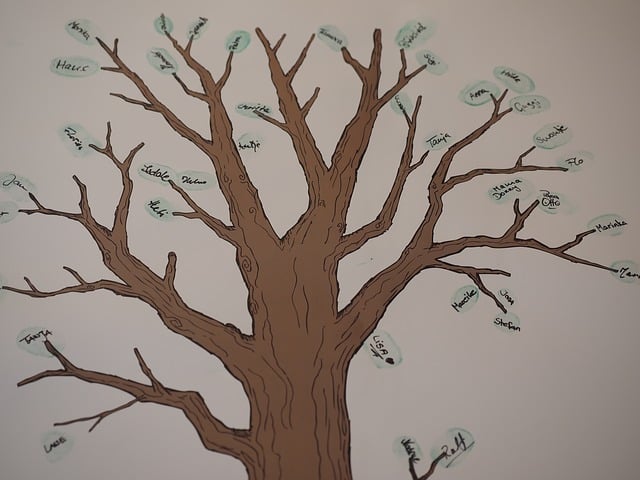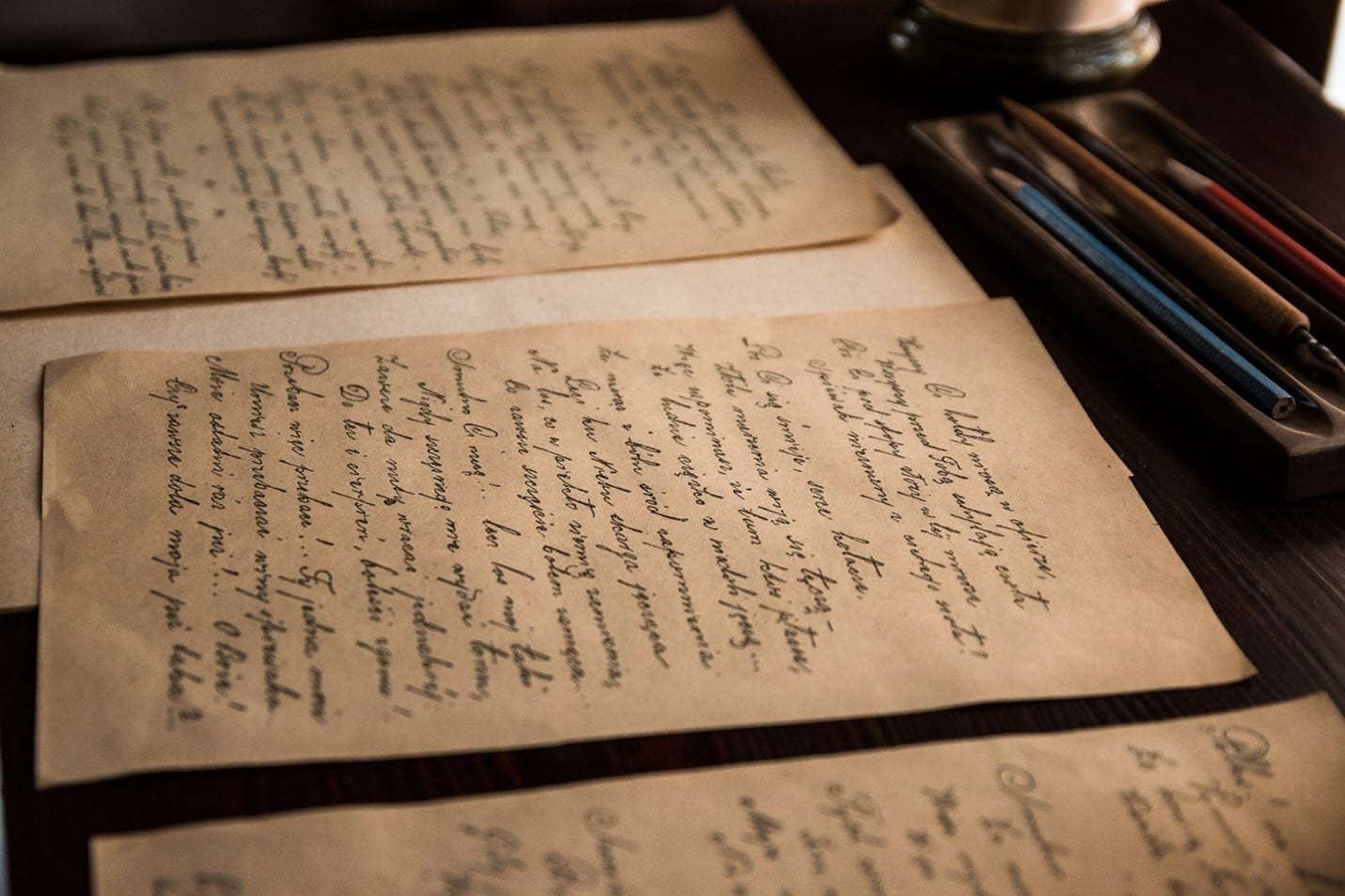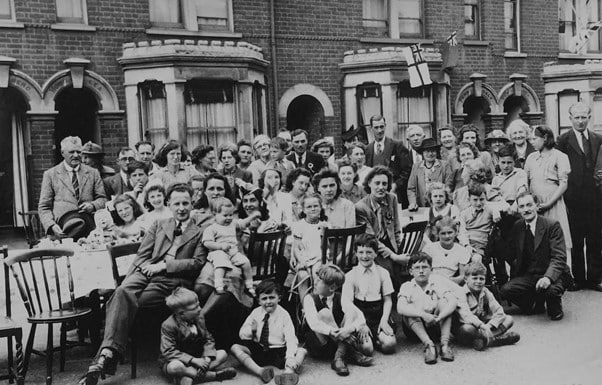
10 Great Ways to Share Your Genealogy Research Findings
10 GREAT WAYS TO SHARE YOUR GENEALOGY RESEARCH FINDINGS
After weeks (or even months) of tracing your family history, you’ve finally completed your genealogy research. Now the only question that remains is how you’ll share your findings with your family and maybe even the world.
Discovering your family history is an exciting process you likely won’t want to keep to yourself. These ten great ways to share your genealogy research findings will inspire you to get creative and share your family story.
Why You Should Share Your Genealogy Findings
Sharing your genealogy research is not only an excellent way to connect with your family. Your findings can also greatly benefit the genealogical community and provide researchers with opportunities to add to the sources you’ve already found.
Finding out more about your family history allows you to connect deeply with your sense of self and learn more about your family’s past. Ever wondered why you feel a strong connection to a certain topic or genre of music? Learning that one of your family members you never knew had that same connection helps you understand where you came from and embrace your self-identity.
After all the hard work you’ve done, it only makes sense to share it with your family and friends. Creating an article like a family history book or a customized family tree can build stronger connections in your family.
These articles can also become family heirlooms to pass on to generations to come and continue to build on and express the importance of family.
10 Great Ideas to Share your Genealogy Findings
1. Write a Family History Book
Did you discover any captivating family stories in your genealogy findings? Maybe you came across photos and memorabilia your family has to see.
Creating a family history book is a great way to combine the best findings and most interesting stories into one amazing work. While it's a good idea to plan out what your book will look like, your family history book is a place to be creative, and there aren't any rules.

Designing an outline and understanding the scope of your book will help you include everything you want your family to see.
Also, consider the type of family history book you’d like to create. Would you prefer a reference book where you can search and select parts to read or a story-based narrative that you can read from beginning to end?
2. Create a Family History Coffee Table Book
Similar to a family history book, a coffee table book is a great way to showcase your genealogy research in a fascinating way.
Coffee table books are often displayed in areas meant to entertain guests, like your dining room or living room. They’re usually oversized, hardcover books that can easily strike up a conversation or pass the time.
A coffee-table book is perfect to share all the cherished snapshots you discover, like photos of distant family members, special occasions, holidays, and family trips.
You can show your family history by simply choosing the best book layout and style, selecting the photos you’d like to include, and deciding where to add text or short stories.
Coffee table books are family heirlooms that can be intricately decorated and customized to represent your family and keep your memories alive for generations to come.
3. Create a Custom-Designed Family Tree
One of the best ways to display your family history findings is to custom-design a family tree online or in person.

If you choose the online route, several options for family tree templates are available. You can create stunning family tree designs that are eye-catching and comprehensive.
After you've created your family tree, you can print it out or share it on your social media platforms so your family can see it.
If you’d rather go the traditional route, create a physical family tree. This is a great activity to get other members of the family involved, especially kids.
Just create an outline of what you want for your family tree and add simple details that spark interest.
4. Start a Family History Facebook Group
Utilizing social media is the perfect way to share your findings while connecting with a larger pool of family members.
Facebook groups are a great option because you can share with family and friends that you may have otherwise had difficulty getting in contact with. This can also lead to learning even more about your family members.
Starting a family history Facebook group is also a relatively easy and less time-consuming way to share your findings. Invite family and friends, add family pictures, and tell your family story.
You can also welcome members to share any photos or information they may have to add to the bigger picture.
5. Write a Biography About One of Your Ancestors
You may feel compelled to write a biography about someone in your family with a particularly interesting story. Did you discover that one of your ancestors was a neighborhood hero or had a remarkable past?
A biography is a beautiful way to share a person’s life with the world. You can also get your family involved to recount their experiences with the family member you choose to write about.
Writing a biography can be very time-consuming and difficult, especially if writing isn't one of your strong suits.

One way around this is choosing to hire a ghostwriter to complete the project for you.
6. Create a Family Website
If you’d rather share your genealogy research findings online, creating a family website is an easy, yet effective choice.
Similar to Facebook groups, a family website allows you to share family photos and videos with a broader audience.
Using simple website templates, you can choose a domain name and create and launch your family website in a few hours. With a family website you can display photos, add your online family tree, and share stories you discovered during your family research.
Since family websites are easy to edit, you can continuously update them as you or other family members come across new findings.
7. Create a Digital Project
Many of us consume most of our information through video, making a digital project the ideal choice to keep your family in the loop. Countless options for digital projects are available to showcase your genealogy research.

If you have a knack for video production, take a creative approach like making a family history YouTube channel or documentary.
You can use a YouTube channel to gradually build upon your findings with every new video, keeping your family members hooked to find out what happens next.
Other ideas for digital projects include slideshows, digital photo albums, ebooks, or music videos. Since digital projects are shared with the world, you might generate public interest in your family story.
8. Start a Family History Blog
When you start a family history blog, you can begin sharing your findings with the world before your research is even completed. Similar to a YouTube channel, this can generate buzz surrounding your genealogy research and attract newcomers along with friends and family members.
A family history blog is also a great place to teach people who may be interested in starting their own family research. Whether you chose to hire a genealogist or did all the research on your own, your family history blog can share tips, lessons, and stories you’ve learned along the way.
9. Submit to a Genealogical Competition
Submitting to a genealogical competition helps you share your family history with the world and hone your craft.
Several different genealogy competitions are available to individuals, societies, and organizations through the National Genealogical Society (NGS) and offer you the chance to win prizes for sharing your genealogy research.

You can submit to family history writing contests for a chance to win an expense-paid trip to the NGS Family History Conference and the possibility to be published in the National Genealogical Society Quarterly.
The NGS also awards published family history books and articles that demonstrate excellence in genealogy.
10. Donate Family Histories
Your friends and family may not be the only ones interested in hearing your family history. Donating your findings to a genealogical library, a university collection, or a local genealogy society is a great way to preserve your findings for future historians.
Be sure to organize your research before you donate it, and choose a suitable library, archive, or society.
Many genealogical organizations have limited space and can only accept premium work, so start with organizations where your ancestors lived. One way to heighten your chances of getting accepted is to publish your work within your lifetime.
How a Genealogist Can Help Beyond Research
Genealogists play a significant part in the initial research process but can also be helpful after research is completed.
Working with a writing agency that has a team of genealogists and ghostwriters can help you organize your findings to tell a cohesive story.
No matter how you decide to share your findings, working with professionals can ensure your project is completed on time and is everything you imagined.
Related Content
- 0 Comment
Subscribe to Newsletter
- How Can SharePoint Be Used To Organize and Disseminate SOPs?
- Planning the Perfect Genealogy Research Trip: A Step-by-Step Guide
- From Silly to Awesome: How Words Change Meaning Over Time
- The Psychology of Font Choice: How Typography Impacts Content Engagement
- How to Distribute SOPs for Maximum Usability





